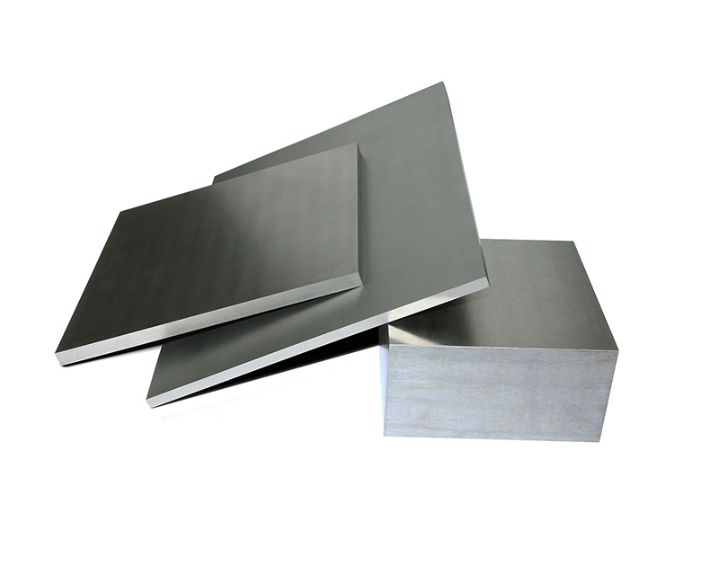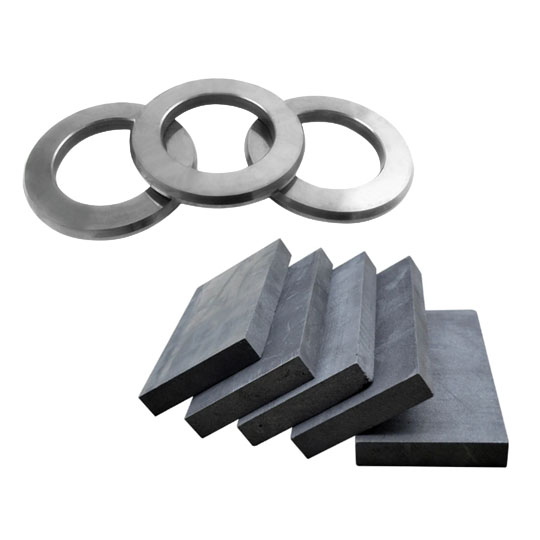What is a Carbide Plate?
Carbide plates are advanced metal components manufactured using tungsten carbide powder, which is sintered to form an extremely hard, wear-resistant material. Used across industries like aerospace, mining, and manufacturing, these plates deliver high durability, superior resistance to wear and tear, and improved longevity compared to traditional metals.
But what makes carbide plates particularly interesting? Their remarkable energy efficiency. By reducing friction, improving thermal conductivity, and enhancing material strength, carbide plates contribute significantly to energy savings in industrial applications.
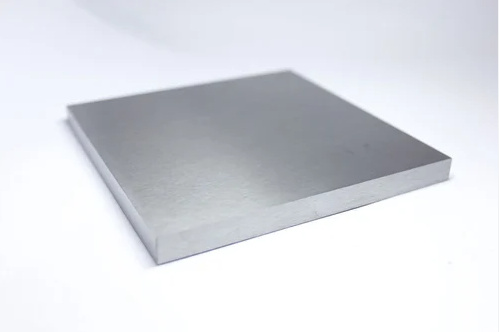
How Carbide Plates Improve Energy Efficiency
Energy efficiency is a major concern in industrial settings, where wear and tear can lead to excessive energy consumption. Carbide plates contribute to energy conservation in several ways:
- Reduced Friction: Their low-friction surface minimizes energy loss in mechanical systems, lowering operational costs.
- Higher Thermal Conductivity: Unlike standard steel, carbide plates dissipate heat more efficiently, preventing overheating and reducing cooling requirements.
- Longer Lifespan: A longer lifespan means fewer replacements, cutting down on production downtime and resource consumption.
- Better Machining Performance: Enhanced cutting efficiency ensures machines consume less power while maintaining high performance.
These factors collectively result in lower energy use, reduced material waste, and improved cost-effectiveness.
Comparisons: Carbide Plates vs. Other Materials
When choosing between carbide plates and other materials like steel, titanium, or ceramics, several factors come into play:
| Feature | Carbide Plates | Steel | Titanium | Ceramics |
|---|---|---|---|---|
| Hardness | Extremely high | Moderate | High | Very high |
| Wear Resistance | Excellent | Low | Moderate | High |
| Thermal Conductivity | High | Moderate | Low | Low |
| Friction Reduction | High | Low | Moderate | High |
| Lifespan | Longest | Short | Long | Moderate |
| Energy Efficiency | Excellent | Low | Moderate | High |
Compared to other materials, carbide plates offer superior hardness, wear resistance, and energy efficiency, making them a preferred choice for high-stress industrial applications.
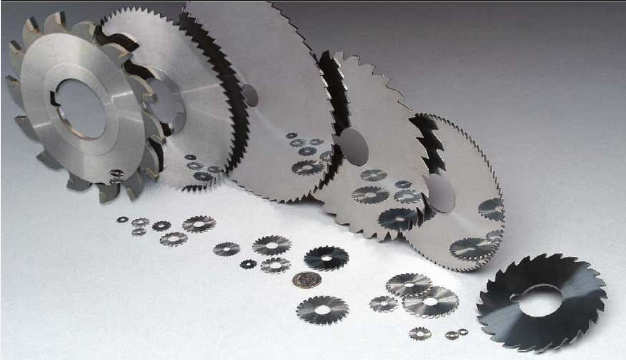
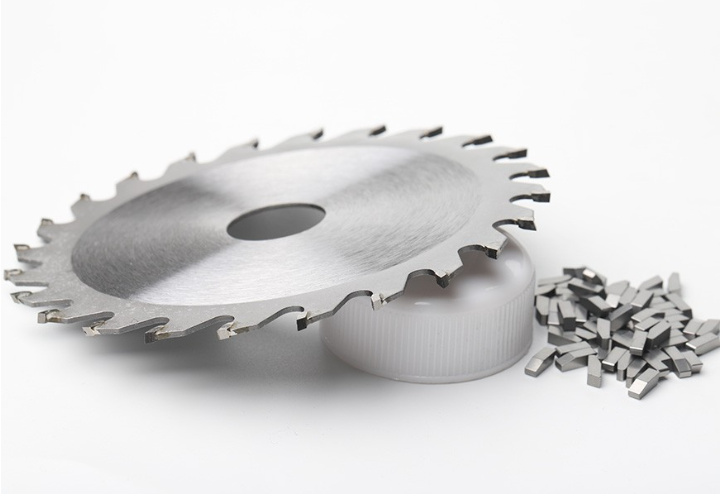
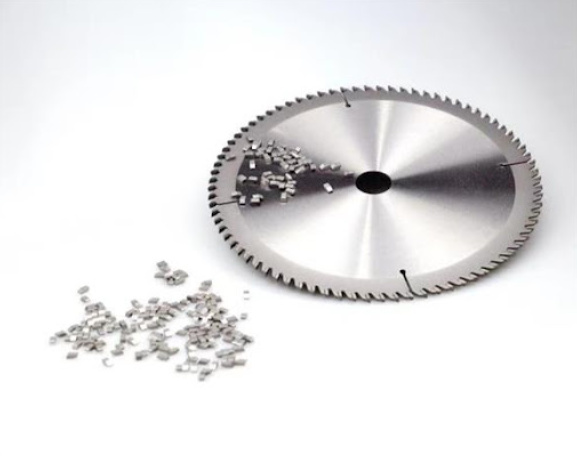
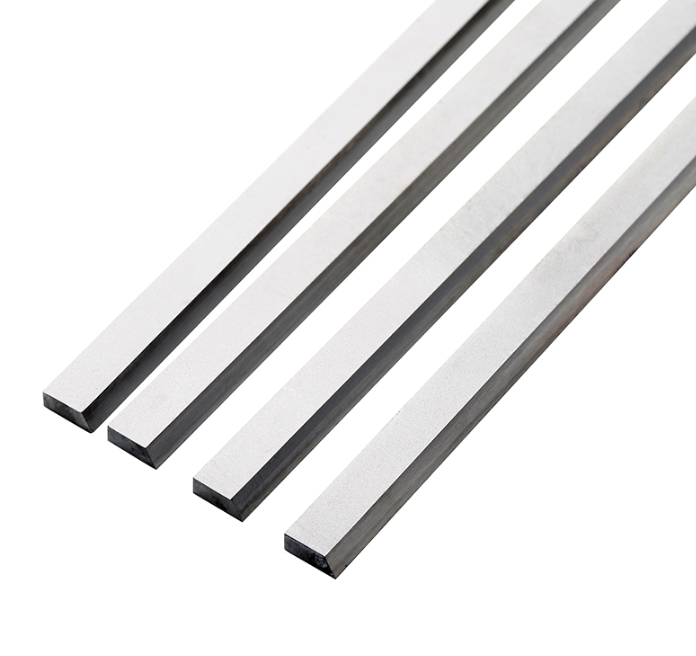
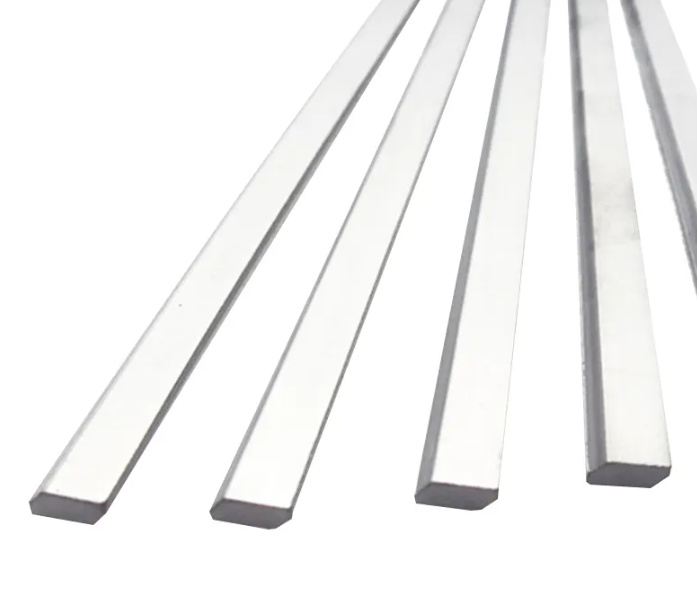
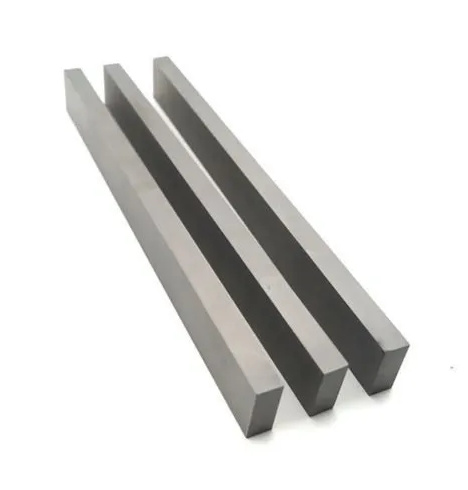
Real-World Applications & Case Studies
Carbide plates are used in a variety of energy-intensive industries. Below are some real-world applications and their benefits:
| Industry | Application | Energy Efficiency Benefits |
|---|---|---|
| Mining | Drill bits & cutting tools | Reduces wear, extends lifespan, and minimizes replacement frequency |
| Aerospace | Turbine blades & engine parts | Improves thermal resistance and reduces energy loss due to friction |
| Manufacturing | Precision cutting & milling tools | Lowers machining power consumption, improves durability |
| Automotive | Engine components & brake pads | Enhances heat dissipation, reduces energy loss |
| Oil & Gas | Valve seats & pump parts | Resists extreme pressures, reducing maintenance downtime |
How to Choose Energy-Efficient Carbide Plates
Selecting the right carbide plate depends on various factors, such as application requirements and environmental conditions. Consider these when making a choice:
- Material Composition: Different grades of tungsten carbide powders offer varying levels of hardness and thermal efficiency.
- Coating Options: Some carbide plates feature coatings like TiN (Titanium Nitride) to improve wear resistance.
- Size & Thickness: Thicker plates may last longer but can also impact machine efficiency.
- Surface Finish: Smoother surfaces reduce friction and enhance energy efficiency.
The Importance of Carbide Plates in Energy Conservation
With industries seeking sustainable solutions, carbide plates play a pivotal role in reducing energy wastage, improving equipment longevity, and minimizing resource consumption. Their superior properties help businesses lower operational costs while contributing to global energy conservation efforts.

FAQ
| Question | Answer |
|---|---|
| What is the primary advantage of using carbide plates? | Carbide plates offer extreme durability, wear resistance, and energy efficiency, making them ideal for industrial applications. |
| How do carbide plates reduce energy consumption? | They reduce friction, enhance heat dissipation, and require fewer replacements, lowering overall energy use. |
| Are carbide plates more expensive than steel? | Initially, yes, but their longer lifespan and energy-saving benefits make them cost-effective in the long run. |
| What industries benefit most from carbide plates? | Mining, aerospace, automotive, oil & gas, and manufacturing sectors benefit significantly. |
| Can carbide plates be recycled? | Yes, tungsten carbide can be recycled, making it an environmentally friendly material. |
Conclusion
Carbide plates are a game-changer in energy efficiency, offering superior performance over traditional materials. Their ability to reduce friction, improve durability, and optimize thermal conductivity makes them a smart choice for industries looking to enhance productivity while cutting energy costs.


